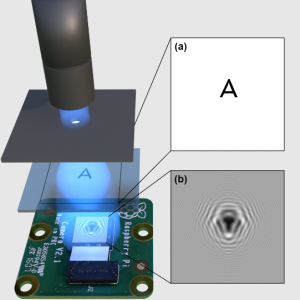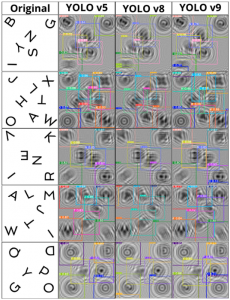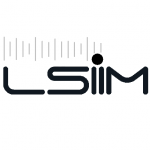Holografia Digital Inline Microscópica
Digital Inline Holography Microscopy (DIHM) is a lensless shadow imaging technique where a coherent light-source is utilized to illuminate samples and record interference patterns in a digitalizing device. Those patterns, called holograms, carry volumetric information regarding the inspected sample, requiring complex numerical methods to make them distinguishable like in a conventional bright-field microscopic image. However, for many applications, the real-time analysis of holograms is computationally expensive due to the nature of numerical diffraction methods to reconstruct the signals into visual information. To mitigate this problem, in this paper we investigate the use of deep learning approaches to classify those interference patterns, directly from the raw holograms, without the requirement of phase-recovering methods for diffraction. In our approach, we investigated the use of distinct Convolutional Neural Networks (CNNs) architectures and its adaptability to correctly classify holograms, in an experimental environment with a dataset generated from synthetic interference patterns produced by the Fresnel Diffraction Method. The computer-generated dataset was produced from 26 classes, resulting in a total of 520 samples after the data augmentation procedure. The obtained results demonstrated the feasibility of the proposed approach to properly classify samples with 96.8\% of precision, directly from the holographic interference patterns, avoiding the need for computationally expensive diffraction methods. (By Manoella Rockembach)
 |
 |







